What are mini lathes and how to choose them?
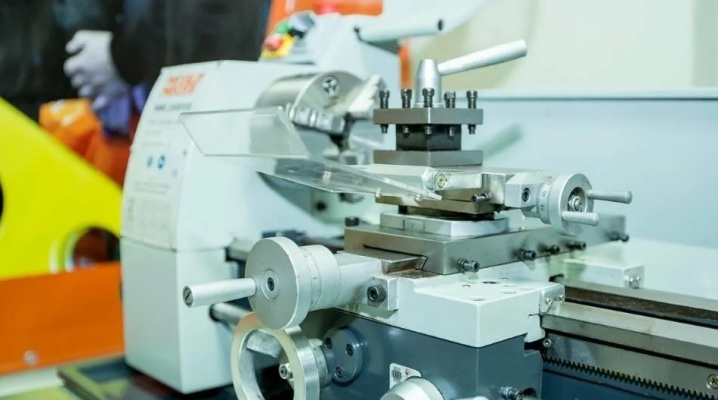
Standard turning systems weigh not a ton, and the area occupied by them is calculated in a few square meters. They are unsuitable for a small workshop, so mini-installations come to the rescue. They are no more than a desktop, so even one user can handle their transportation, installation and adjustment without help.
general description
The main purpose of the lathe is considered to be processing, as well as the manufacture of various small-sized parts from metal. As in the case of large-scale production equipment, a variety of operations can be performed on it:
- to grind cylindrical and conical blanks;
- trim the ends of the elements;
- make grinding;
- to carry out drilling and reaming of perforations on workpieces;
- form internal as well as external threads.

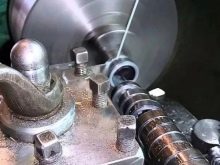
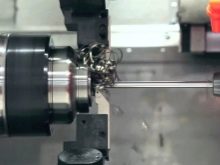
The most modern equipment is equipped with a programmable numerical control system. Such installations greatly facilitate the work of operators, while the speed of their work corresponds to the overall production installations. Compact lathes have become popular in small household workshops as well as in medium-sized manufacturing plants. Such equipment is indispensable for home use, it will be a good help when performing repairs in an apartment or a private house.
The main advantage of the small-sized machine is its dimensions, which make it possible to place the unit even in the most compact rooms. If necessary, such devices can be completed with additional devices that allow carrying out complicated drilling and milling operations.
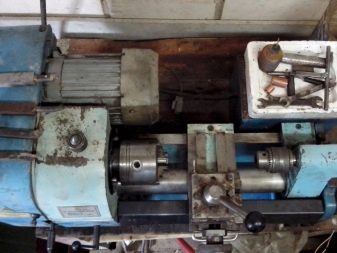
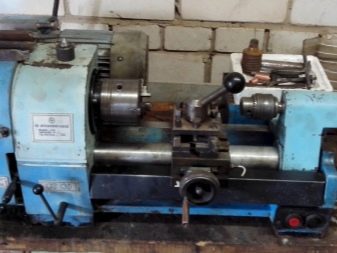
Other advantages of such models include:
- reduced consumption of electrical energy;
- affordable price;
- combination of high rigidity and low vibration during operation;
- the presence of precision roller bearings ensures processing at high frequencies;
- the equipment can be connected to both a standard AC mains and an adapted one;
- the machine is quite quiet, the noise it makes does not cause discomfort to a person;
- long service life;
- ease of maintenance.
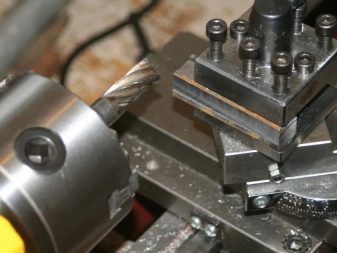
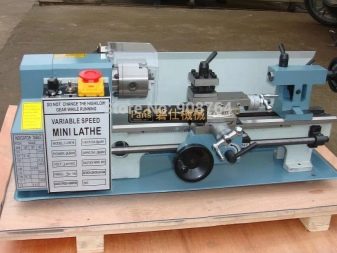
There are much fewer disadvantages:
- production speed is lower than that of standard full-size equipment;
- the presence of restrictions in production, in particular, on such machines it is possible to produce workpieces of only small sizes.
However, these disadvantages are not so critical. They cannot overcome the obvious advantages of miniature turning equipment.
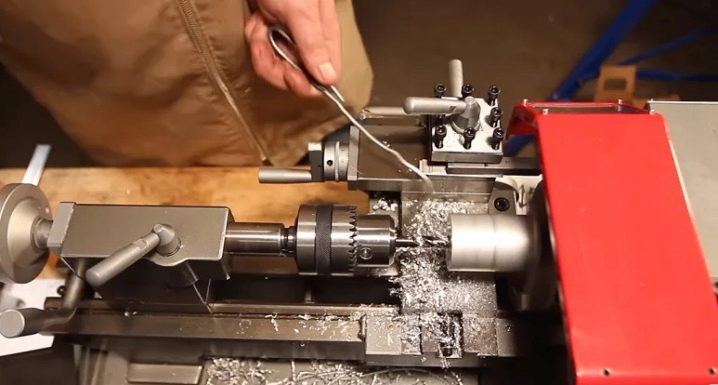
Views
When choosing a lathe for work on wood or metal, it is important to take into account its technical parameters - they must exactly match the technical capabilities of the room and the type of work chosen. There are several reasons for the classification of all presented models. Let's dwell on each of them in more detail.
By weight
Mini-machines are manufactured with a weight of 10 to 200 kg. Lightweight models are recommended for home use. Products of large dimensions with an impressive weight belong to the category of small production, they have become widespread at enterprises engaged in small-scale production.
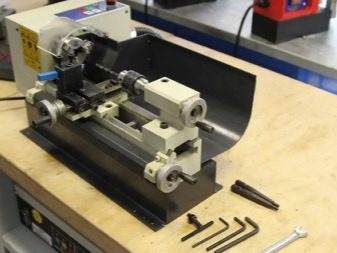
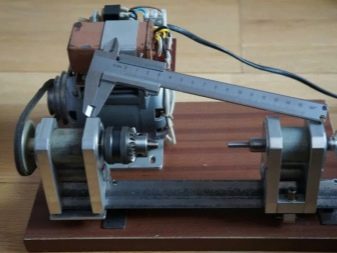
By power
Every lathe, regardless of its size, is powered by the mains.Accordingly, each has an engine. The power range of the motors varies from 250 to 700 kW. Depending on the volume of work performed and the intensity of use, the optimal model is selected. So, for rare processing and production of piece goods, the minimum indicators will be sufficient; with frequent operation, the power characteristics should be maximum.
Besides, mini lathes are conventionally divided by voltage: 220 W or 380 W. There is a difference in the supply of lubricant and coolant. In the most primitive lubrication is carried out manually, in more modern CNC - automatically.
A wide selection of machines allows each user to choose a tool that will be optimal in terms of functionality and financial capabilities.
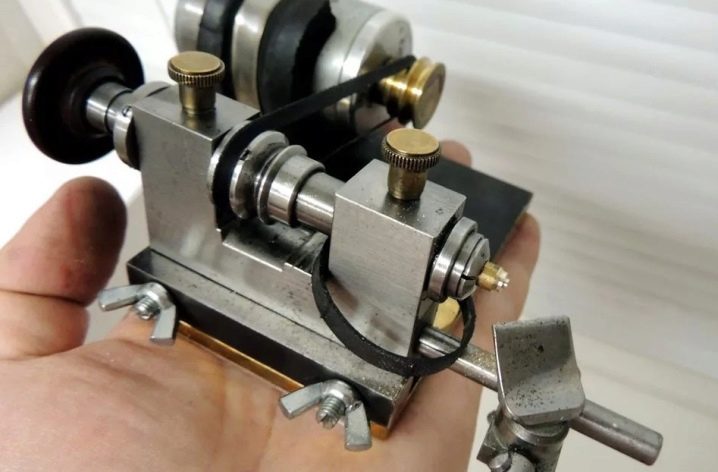
Popular manufacturers
Let's take a closer look at the rating of the most popular models.
Stalex SBL-280/700
This mini machine is made in China by the famous brand Stalex. The model is the largest and heaviest in the group under consideration. Its dimensions are 1400x550x500 mm, and its weight is 190 kg. The main drive power corresponds to 1500 W, the design provides for a pair of steady rests. Such installations are used exclusively for production purposes.
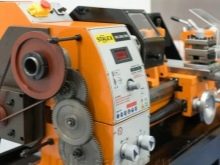
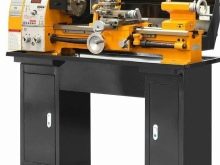

Stalex SBL-250/550
Another Chinese model, its dimensions are much smaller —1100x550x500 kg. Weight - 120 kg. The design provides for a stepless spindle motion regulator, as well as an electronic system for indicating the number of revolutions. The package includes a set of jaws of the forward and reverse type for the chuck.
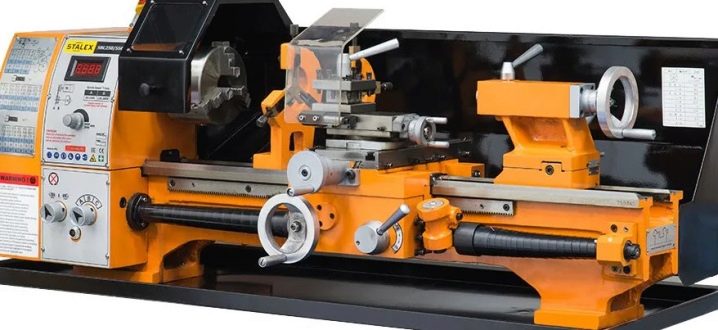
METALMASTER MML
This model is known all over the world. It is manufactured by order of a Russian-German company at production facilities located in China, Poland, and also in Russia. The machine has been produced since 2016, its dimensions are 830x395x355, weight is 65 kg. Motor power 600 W. Stepless control. The package includes reverse cams, a thrust center, and a set of replaceable gears.
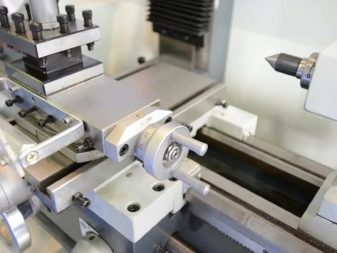
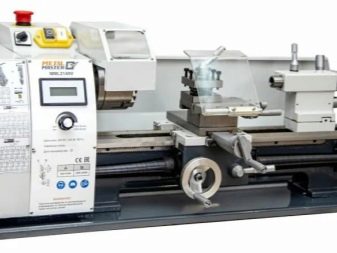
Jet BD-8VS
The smallest mini-lathe in its group, used as a benchtop equipment. Produced by a Swiss brand at production facilities, workshops are located in Asian countries. In terms of its dimensions it is close to the previous model, it has the same power characteristics and motor rotation parameters. However, it is almost 25% more expensive.


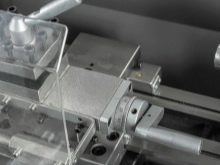
Nuances of choice
Choosing a lathe is not an easy question. If you choose it incorrectly, then you are unlikely to be able to complete the planned work. That is why it is very important to answer the following questions even before buying. Do you plan to perform only those operations that are typical for such devices (drilling, threading, turning work), or are your requirements much wider? For example, you may need to grind and grind various tools, in which case you need models with advanced tools.
What is the size of the workpieces you are going to work with? The parameters of the distance for the caliper directly depend on these parameters. For household processing, 30-40 mm is enough. What is the approximate workload of the unit? This factor affects the power characteristics of the equipment. Having calculated these indicators, you can choose the best mini-machine for yourself.
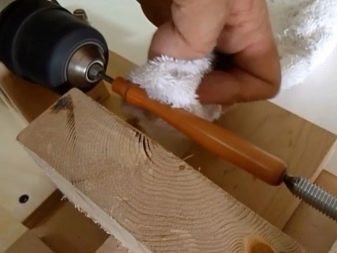
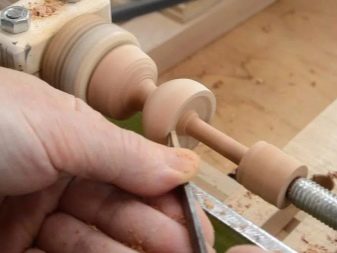
In addition, you should pay special attention to the individual technical characteristics of the unit: where do you plan to install the machine, what is its weight. There is an opinion that the heavier the unit, the higher the accuracy of the work performed. However, this is a delusion, these parameters are not interconnected.
Where you place your equipment and how often you move it from one location matters. If you are going to regularly change the place of work, heavy overall installations will not suit you. In such a case, preference should be given to models with a weight within 45 kg.
What is the tension of the model you like? Usually, in residential buildings, only a single-phase 220 V power network is connected, it is optimal for the vast majority of mini-machines. However, some installation rituals require a three-phase connection, designed for 380 V. The purchase of such a unit will entail the need to replace the wiring.
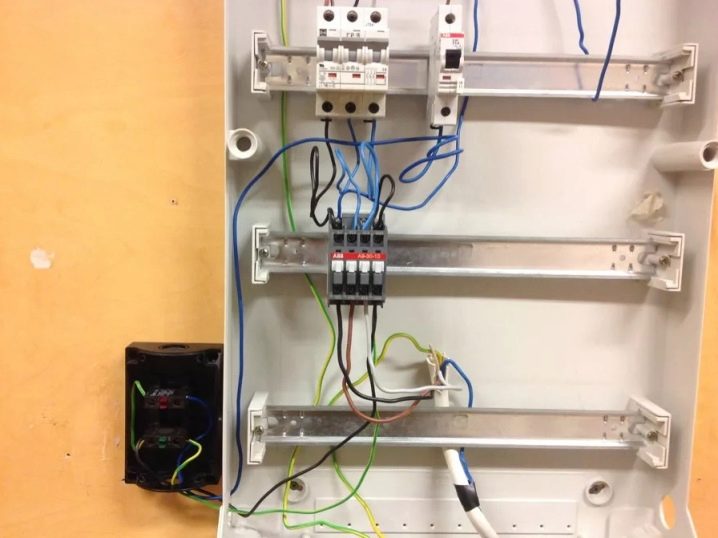
How much power is required for basic tasks? For household purposes, 400 W parameters are sufficient. At what speed will the shaft with the capstan move, can it be adjusted? The higher the rotation speed, the sooner any work will be performed. However, for some materials, such as wood or metal, it is often necessary to adjust this setting.
Spindle reverse. If it is absent, then if it is necessary to change the direction of rotation of the parts, you will have to change the position of the belt each time. This can be quite inconvenient. How many centimeters are the tailstock and headstock separated by? This criterion will determine which workpiece lengths are available for processing.
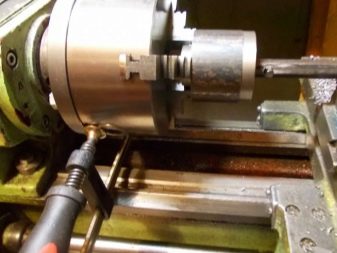

How to do it yourself?
The simplest lathe is easy to build from a drill. To do this, you need to prepare a plywood base, it is to it that the tool will be fixed. A couple of bars are fixed on the plywood. The type of fastener for a homemade base directly depends on the design features of the drill. Here you may have to improvise. The most convenient way is to fix the tool in which the handle has a perforation.
After that, the drill is fixed on the base, in which the holes for the fasteners are pre-formed. The drill should be positioned so that air can flow freely through the ventilation hole in the tool. As a tailstock, you can take any wooden beam and make a perforation in it of such a size that a wooden skewer can easily enter it. Such a solution will be very useful if, for example, you decide to make a fishing rod with your own hands. So quickly and easily you can make a mini-machine at home.
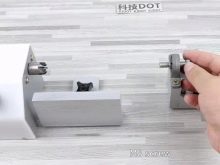
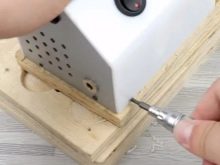
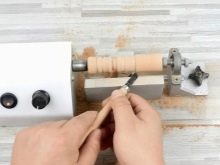
Operation and safety
Regular maintenance is essential for any turning equipment, even miniature ones. This includes lubrication, effective protection against dust particles, and testing of all moving and rotating parts. During the processing of workpieces, dust and chips can settle on the moving and stationary modules. This leads to jamming in the operation of the equipment and even its complete failure. That is why, at the end of all operations, the workplace is cleaned. At least once, perform a complete cleaning of the entire device and change the coolant. Parts rotate at speeds over 1000 rpm. / min. and can become a source of injury. Therefore, it is very important to follow the safety rules.
- Loose clothing is not allowed. Shirts, jackets and jackets should be as close to the body as possible.
- Before work, it is advisable to remove rings, bracelets and other jewelry.
- Be sure to protect your eyes with glasses.
- Provide good lighting for your work area.
- In the course of work, it is not allowed to leave the mini-lathe and perform any third-party actions near the rotating element.
- Cleaning, lubrication of the machine, as well as any measurements of the machined part can be performed only after a complete stop of the equipment.
With proper care and strict adherence to safety regulations, the mini-machine will serve for more than a dozen years. It is no coincidence that small-sized equipment manufactured during the Soviet Union still functions in many production workshops. The main thing is respectful attitude and timely maintenance.
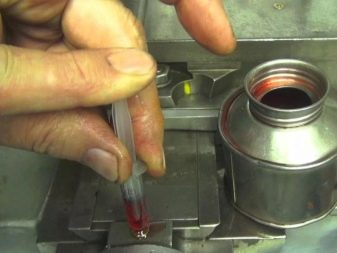
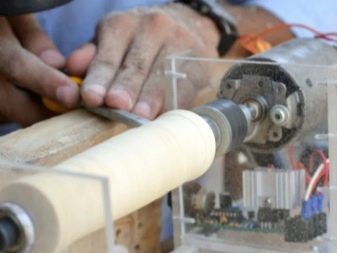













The comment was sent successfully.